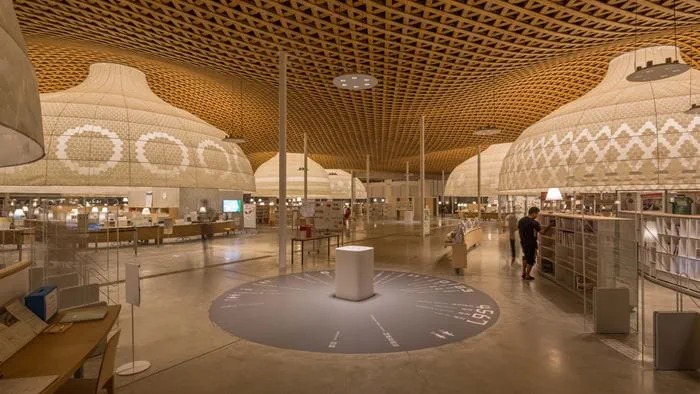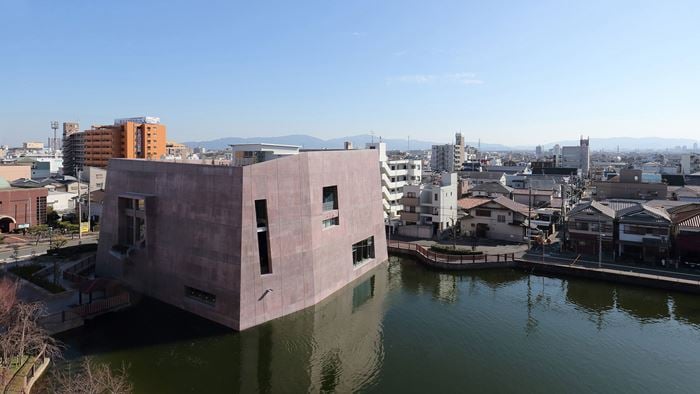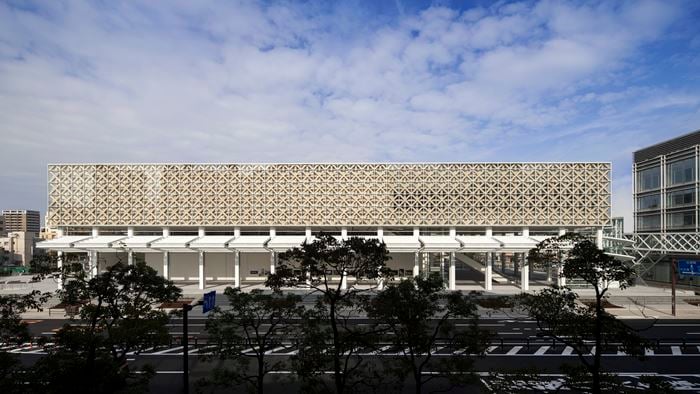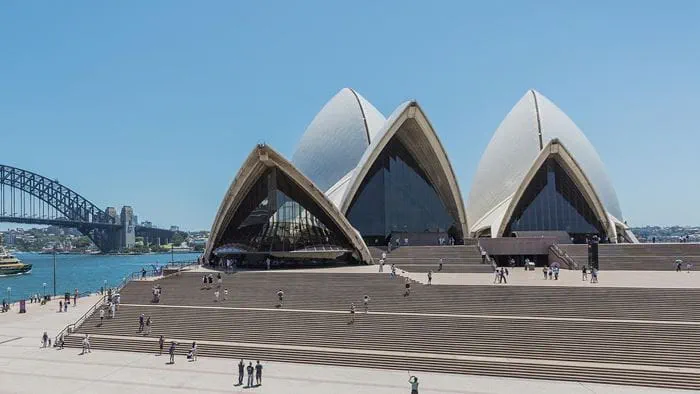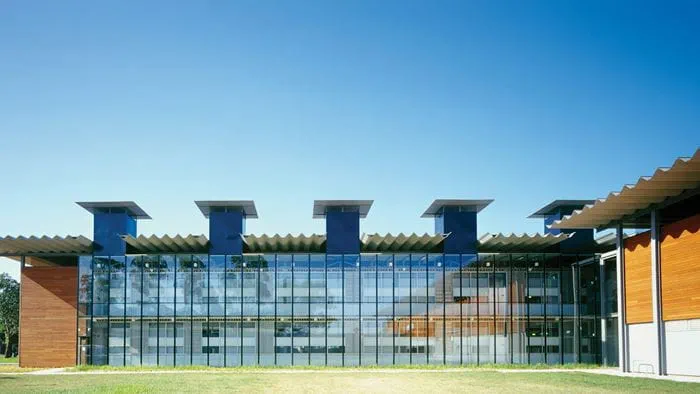Museum and Library, Ota is designed to rejuvenate the historic city by providing an open and welcoming facility that features both functions of an art museum and a library. It is conceived as a catalyst for attracting people to the front of the Ota Station, creating an attractive and enjoyable streetscape.
Arup played a critical role in realising this elegant design by providing structural, MEP and sustainable building design services. We proposed a cost-effective 3D structure and simplified the construction of the structural slope with a simple reinforced concrete core and steel beam/composite deck. The clear glass façade offers stunning views, natural ventilation and ample daylighting. The design is both visually striking and functional, providing a comfortable and inspiring environment for visitors to explore, learn and relax.
Project Summary
5 stacked boxes
40% of the year naturally ventilated
5public engagement workshops
Southern viewing area on the first floor with abundant natural light streaming through expansive openings. © Daici Ano
An open and inviting space
Arup proposed a cost-effective, easy-to-construct structural framework plan for the three-dimensional shape of the building, featuring a simple reinforced concrete box as the core with a sloping steel deck connecting it. This allows visitors to move easily throughout the building without using stairs.
A highly transparent façade system was adopted to create a cultural exchange facility in front of the station where people can easily gather. The design enables visitors to feel the atmosphere of the city while within the building and to see the bookshelves and artworks through the glass from outside, creating an accessible and inviting space.
It is conceived as a catalyst for attracting people to the front of the Ota Station, creating an attractive and enjoyable streetscape. © Akihisa Hirata Archi
Elegant solutions for the structural complexity
The building’s design is composed of five reinforced concrete boxes connected by a sloping deck that wraps around them from the ground to the roof, creating a sense of fluidity and unity throughout the space.
Each box features a rigid-frame structure with earthquake-resistant walls, enabling a thin floor configuration and seismic stability. The sloping deck is lightweight and nimble, composed of steel beams and composite decking. To utilise the slope as an air-conditioning chamber, a composite deck is placed under the steel beam and the deck is used as ceiling material, resulting in a design that harmonises aesthetics, structure and equipment.
Natural lighting and ventilation
To take advantage of natural ventilation for more than 40% of the year, the size and placement of the windows were carefully considered to allow for gentle breezes to flow through the building. The building blocks harsh seasonal winds in winter while actively taking in gentle breezes in spring and fall, creating a comfortable and refreshing air environment.
Natural lighting was also prioritised in the building’s design, with each space receiving appropriate brightness. Since the building is covered with glass, Arup conducted detailed heat load verification to create an environment that ensures occupant comfort and energy-efficiency.
The art book corner on the second floor offers an open-air space and a panoramic view. © Arup
Community-driven design
In response to the community's desire to restore liveliness to the area, we organised five public engagement workshops during the scheme design stage, serving as a discussion forum for making important decisions. The building’s zoning, layout and structural slope reflect ideas that emerged from these discussions.
A variety of spaces were created to cater for a wide range of users, allowing them to find their own favourite places to spend time. This approach has resulted in the creation of an unprecedented and innovative cultural complex that not only integrates different facilities but also connects the community.

Award
12th Japan Structural Design Award [Junichiro Ito]
59th Building Contractors Society Award
2017 Good Design Award Best 100
2018 Japan Concrete Institute Award - Prize
2022 Architectural Institute of Japan [AIJ] – Prize
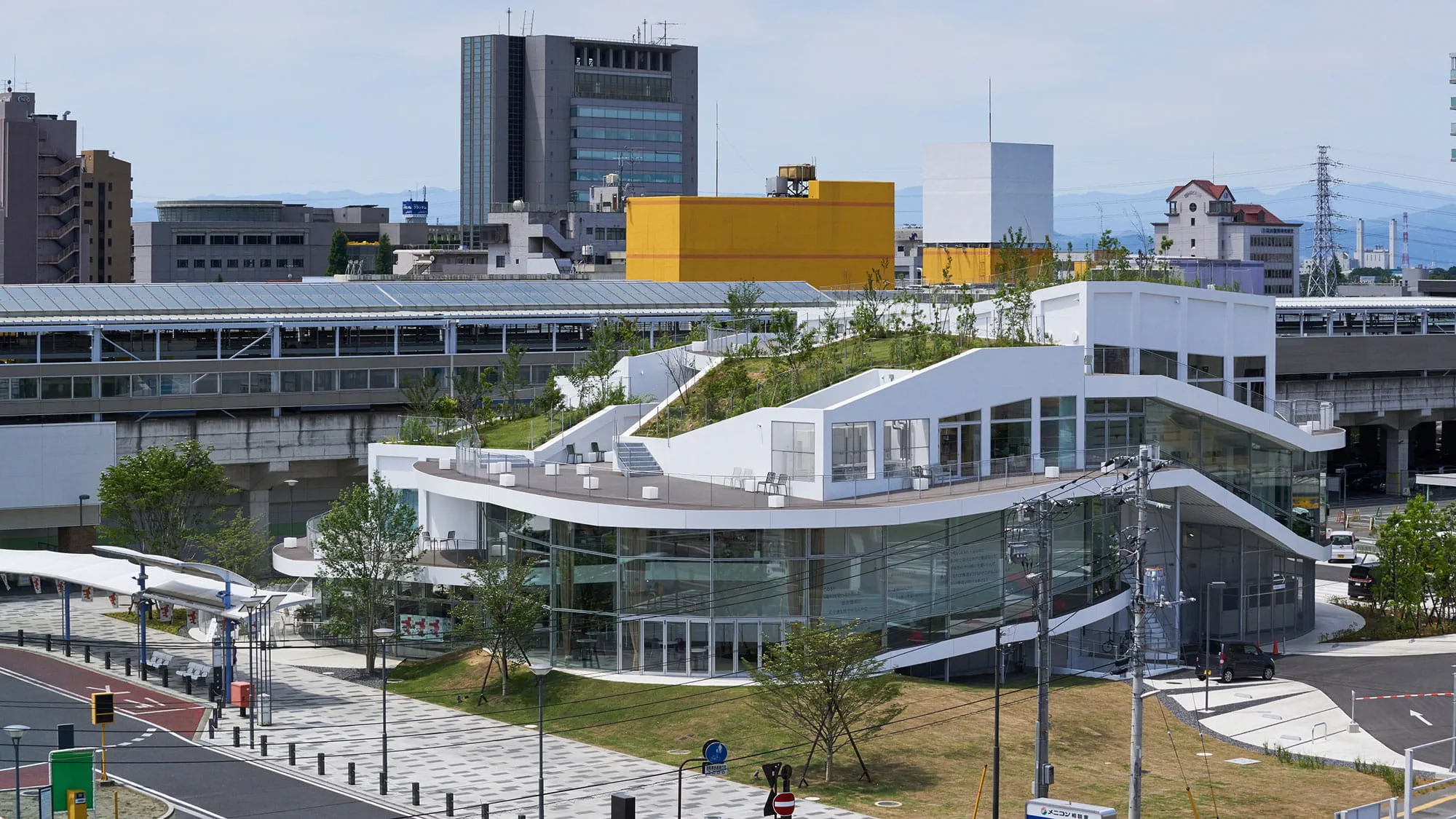 ;
;







